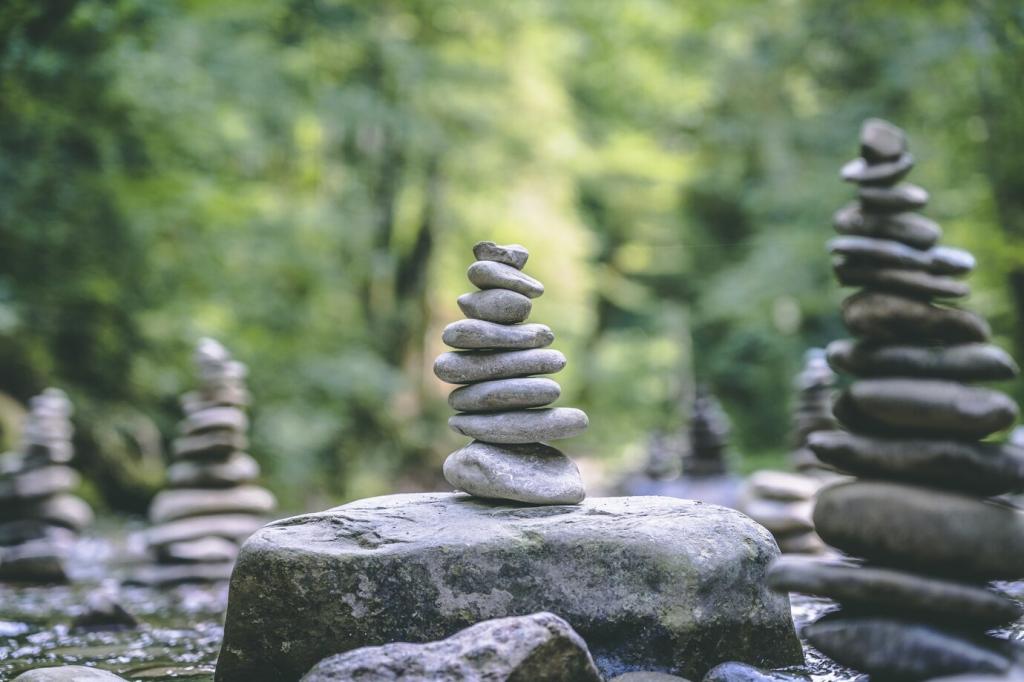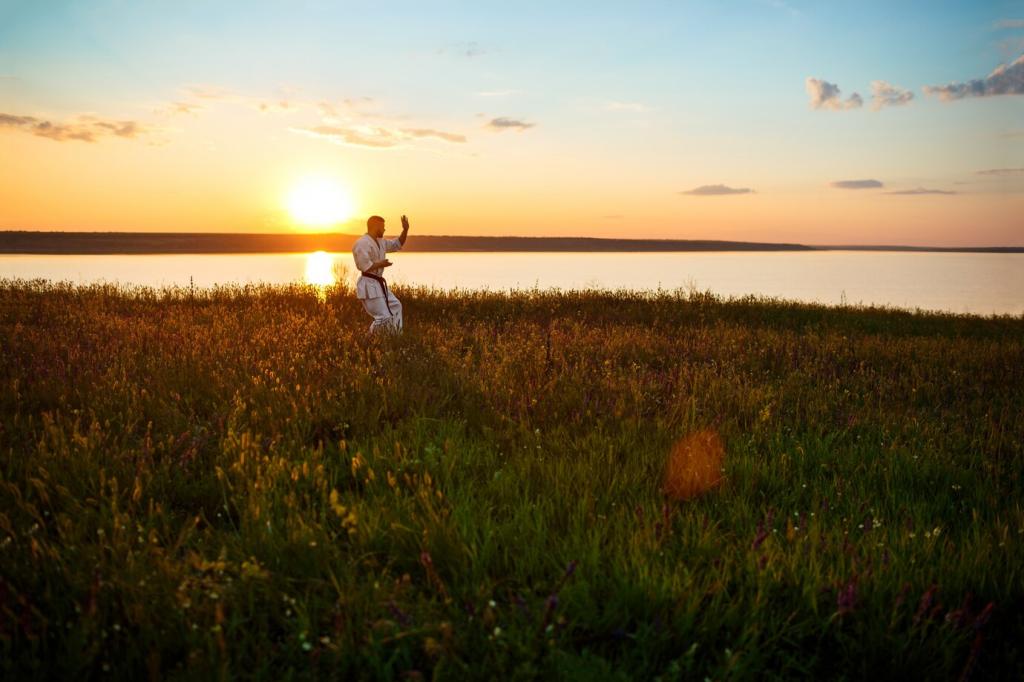Why Nature Amplifies Healing in Art Therapy
Multiple studies suggest that viewing natural scenes can reduce cortisol and steady heart rate, and pairing those scenes with art-making compounds the effect. Sketching by trees or painting near water encourages slower breathing, enabling reflective choices rather than reactive marks, which supports self-regulation during emotionally charged sessions.
Why Nature Amplifies Healing in Art Therapy
Nature’s “soft fascination” gently occupies the senses without overloading them, freeing mental bandwidth for insight and play. When a breeze moves leaves or light dapples a sketchbook, the mind drifts toward flow. That ease helps clients notice patterns, sustain focus on imagery, and follow emerging narratives without forcing outcomes.




